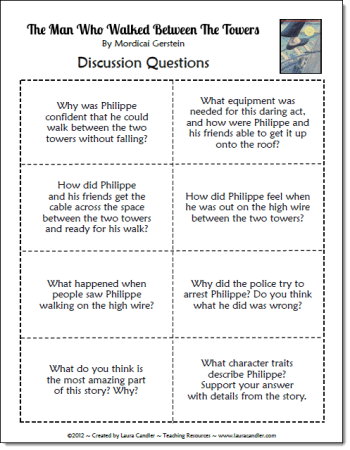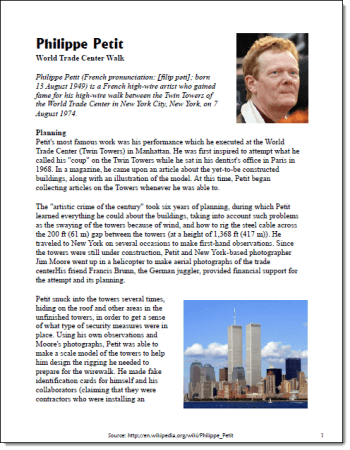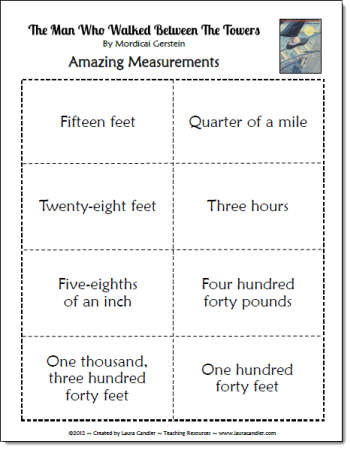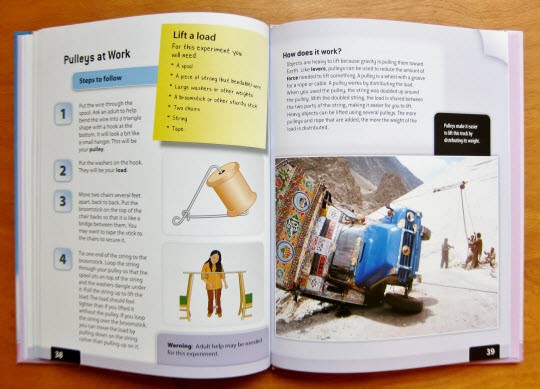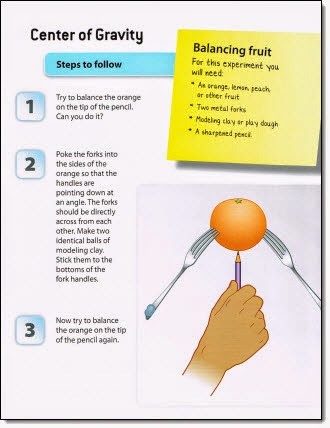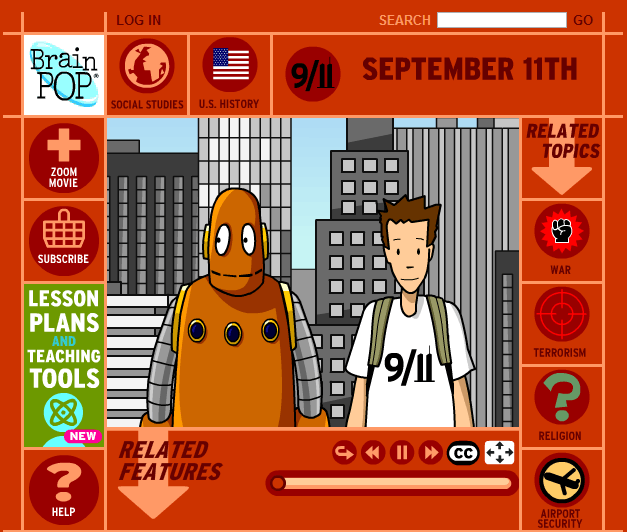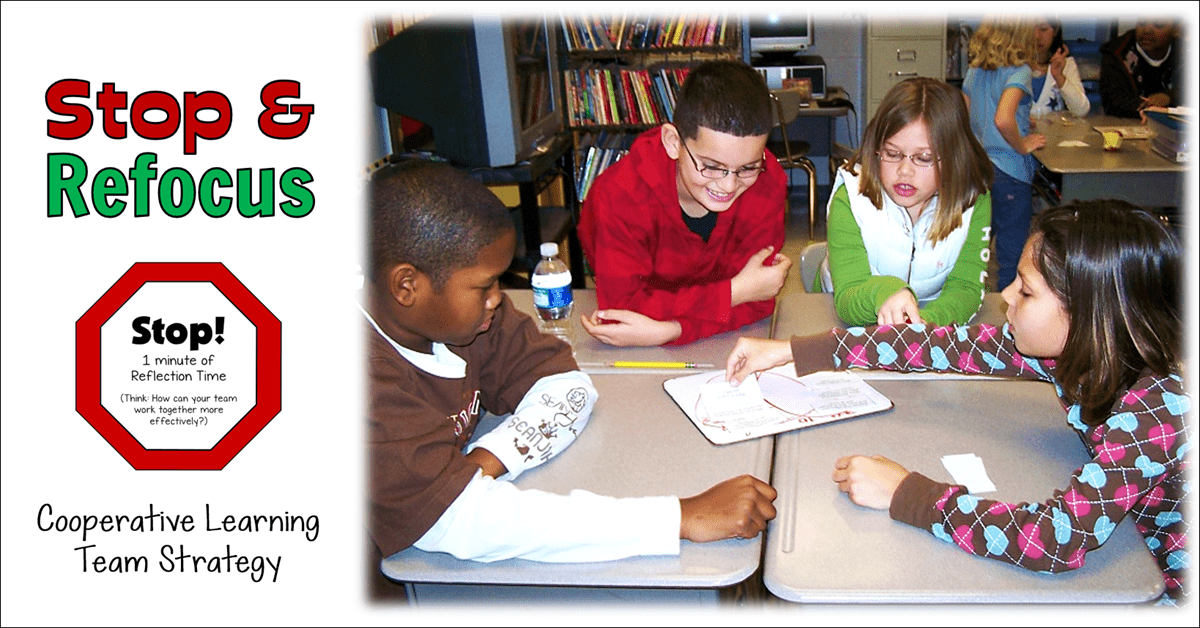Each year on September 11th, we reflect on a series of horrific events that changed the course of history. As a teacher, you might be struggling with whether or not you should discuss 9/11 with your students. Although your students weren’t even born in 2001, it’s important to recognize the events of that significant day in some way.
A few years ago, I discovered a great book to read aloud on September 11th: The Man Who Walked Between the Towers. I want to share a few free resources that I created to go with the book, as well as some teaching tips and management strategies for using this book in your classroom.
1. Read aloud The Man Who Walked Between the Towers.
This classic children’s book describes amazing true story of Philippe Petit who walked on a high wire between the two towers right after they were constructed. The Man Who Walked Between the Towers focuses on his daring feat and simply mentions at the end that the towers are gone and only live on in our memories. Be ready for the question that is sure to arise, “What happened to the towers?” How you answer that will depend on your students’ ages and what you feel is appropriate to share.
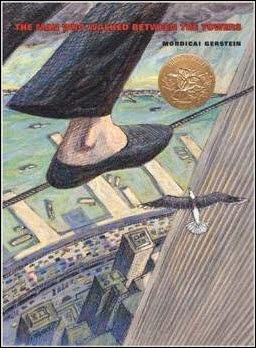
2. Discuss The Man Who Walked Between the Towers
You can use the set of question cards shown below to discuss the book with your students. Because of the sensitive nature of the topic, I suggest discussing them as a whole class or in small guided reading groups rather than in cooperative learning teams. These questions deal specifically with Philippe’s daring feat and they don’t mention the events of 9/11. The question cards are available as a printable PDF, as well as in digital form as Boom Cards or Google Slides. Did I mention that all 3 options are free? 🙂
3. Compare Literature and Informational Text
Before you read aloud The Man Who Walked Between the Towers, explain that the story is based on a true event. Ask your students to help you create a list of questions about the event that include additional information they wonder about what happened. Then ask them to read a news account or an encyclopedia article about Petit’s walk between the towers.
I found a description of Petit’s walk in an article on Wikipedia.org, and I edited it to create a shorter PDF version to use with students. If you use it with your students, please remember that the details in the Wikipedia article may not be 100% accurate. After your students read the article, work together as a class to create a Venn diagram to compare and contrast the two versions of the event. What was left out in the story? Why did the author leave out these details? Are any of the details different between the two versions?
4. Explore Numbers and Measurements
The Man Who Walked Between the Towers includes many references to lengths, heights, and widths, so I created a set of task cards that display those quantities. After reading and discussing the story with your students, show each of the task cards to your students, one at a time, and ask them to try to remember what each number referred to in the story.
You could even give each cooperative learning team a set of eight cards and have the students write that information on the back of each card. For example, on the back of the “Quarter of a mile” card, they might write “height of the towers.” After they work through the deck and make their guesses from memory, reread the story aloud to check and discuss answers.
5. Experiment with Center of Gravity
One thing that amazes me is the way Petit was so confident about his ability to walk across the wire without falling. The story does not get into the scientific aspects of how he’s able to do this, but his secret has to do with that 28-foot balance pole he carries. This is a perfect opportunity to have your students explore center of gravity concepts.
Rachel Lynette’s book Gravity: Forces and Motion has some excellent discovery activities for this concept. One of them involves trying to balance an orange on a pencil, which is nearly impossible, and then adding forks to the sides as shown below. Add a lump of modeling clay to each fork handle, and you can balance the orange easily. The lumps of clay move the center of gravity to a point lower than the orange, allowing it to balance.
You can find a more complete explanation in Gravity: Forces and Motion or other science books about force and motion.
6. Discuss the Events of 9/11 (If Appropriate)
I realize that none of these suggestions deals with the events of 9/11. If you want to talk to your students about what happened on that day, I would suggest starting with the BrainPOP video titled September 11th. I showed it to my 5th graders, and it was very really helpful as a foundation for a discussion about what happened.
The 6-minute video explains why these events occurred without going into unnecessary detail. Be sure you watch the video yourself before showing it to your students so you’ll know how to answer their questions. (Note: This video used to be free, but apparently it’s not free anymore. If you have an account, it’s a video worth watching.)
Every year, September 11th is a difficult day for those of us who were old enough to remember how the events unfolded. We remember that day with sadness, and also with an awareness of how quickly our lives can change. It was a day when we discovered that our sense of security about our own lives can evaporate in a flash. However, I don’t believe we should allow our feelings about those events to negatively impact our children. Children need to feel a sense of security in order to grow and thrive, and we should be mindful of this tomorrow. That’s one reason I love the book, The Man Who Walked Between the Towers. Reading this story to our students allows us to honor the memory of the day the twin towers went down in a gentle way without instilling a sense of fear and insecurity in our children.


